
Here’s the thing about sponges: They’re great at cleaning, but can be terrible at staying clean.
There are plenty of ways people try to keep their sponges fresh: Bleach soaks, a quick steam in the microwave, or even swapping them out for new ones frequently. Those can be effective, if wasteful, but the simplest and most effective option might be sitting right in front of you. An appliance that is literally built to clean.
Using your dishwasher is the perfect cleaning tip, making it an easy and hands-free way to fully sanitize your kitchen sponge regularly.
Why your dishwasher is the key
The best dishwasher delivers exactly what a sponge needs without you having to lift a finger: Detergent, high heat, and thorough drying. The key is to wring it dry before you toss it in, so it can soak up cleaning agents as the cycle runs.
As a professional cleaner and operations manager at Spekless, this is how I regularly clean sponges in my own home.
It’s a cleaning task that is often overlooked, but is vital in maintaining a sanitary sink area and avoiding cross-contamination. Much like kitchen towels, which can harbor harmful bacteria if not cleaned and dried regularly, the kitchen sponge can carry germs and food debris. With its often moist environment, it's the perfect storm for bacterial growth.
Keep in mind that the real issue with sponges isn’t that they get dirty, it’s that they stay damp.
But with the heated dry setting on dishwashers, sponges come out fresh and ready to use again. A full dishwasher cycle takes care of both cleaning and drying, keeping bacteria at bay and helping your sponge last longer.
Cons of other methods

Using bleach on anything that touches your food surfaces is a bad idea. It’s a harsh chemical and simply unnecessary for sanitizing your sponge.
And whilst the steam and heat created when you pop a damp sponge in the microwave will kill germs, it won’t clean debris or dry your sponge the way a dishwasher will.
What to shop
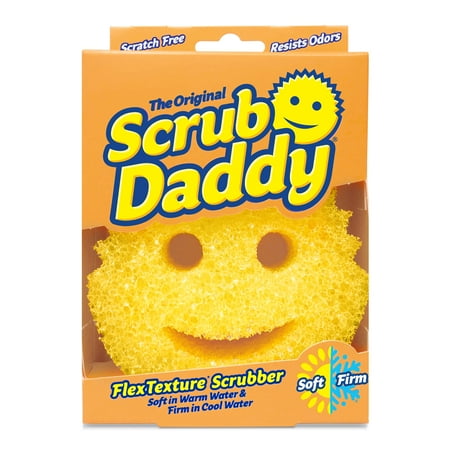
The Scrub Daddy's patented FlexTexture surface is safe to use on more than 25 surfaces, including non-stick cookware, stainless steel, glass, and more. It lasts and is easy to clean as it's safe to put in the dishwasher. Place it on the top rack.
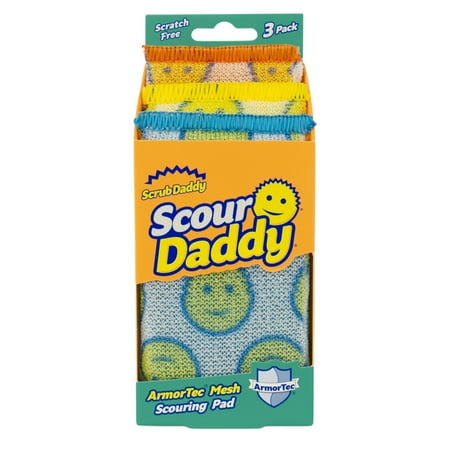
These Scrub Daddy pads are stronger and thicker than ordinary scouring pads, making them the ideal sponge and scrubber for tackling dirt and grime. Pop them in the dishwasher when they need a freshen up.
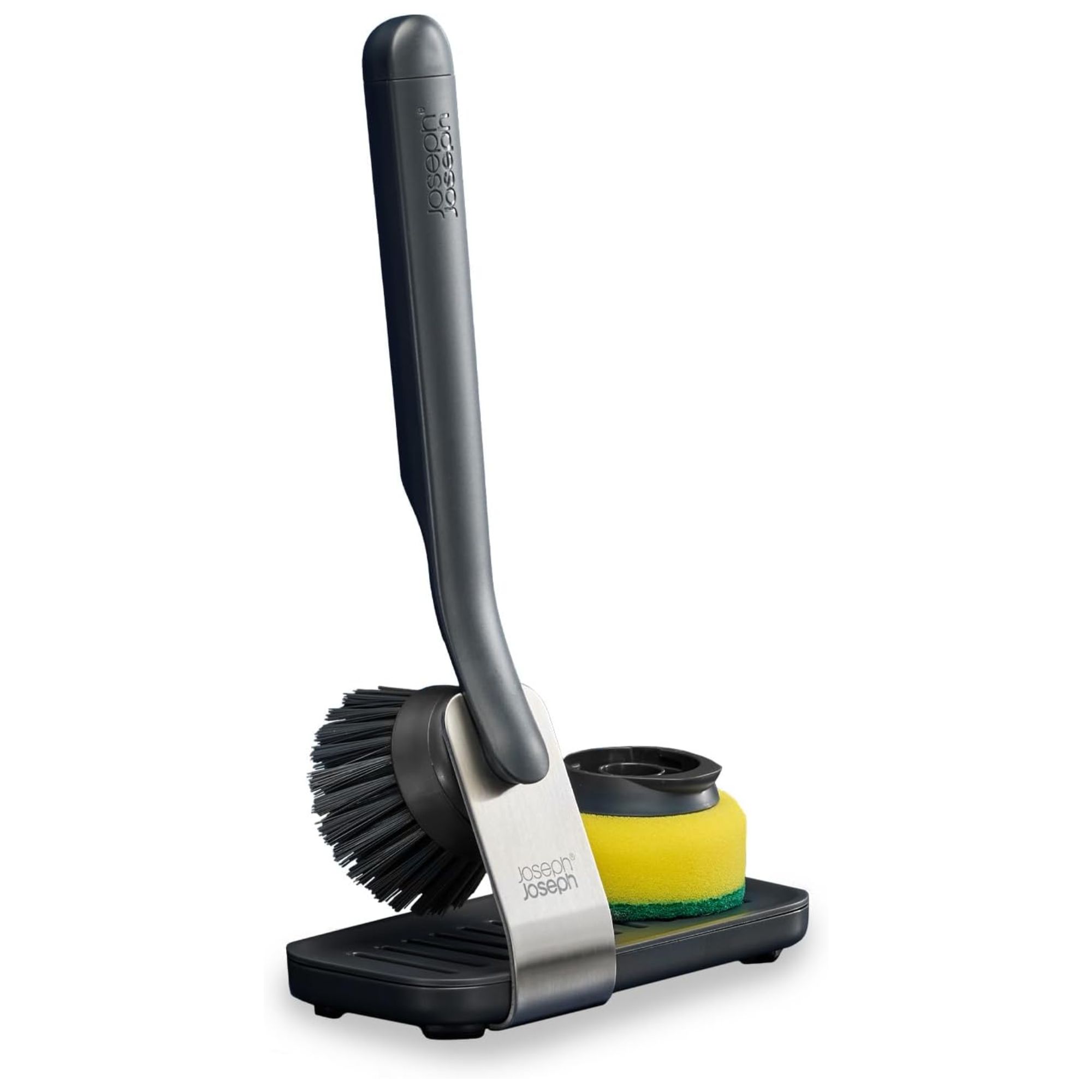
This brush stand allows the brush and sponge (both included) to dry properly between uses. It's the most important factor in preventing bacterial overgrowth.
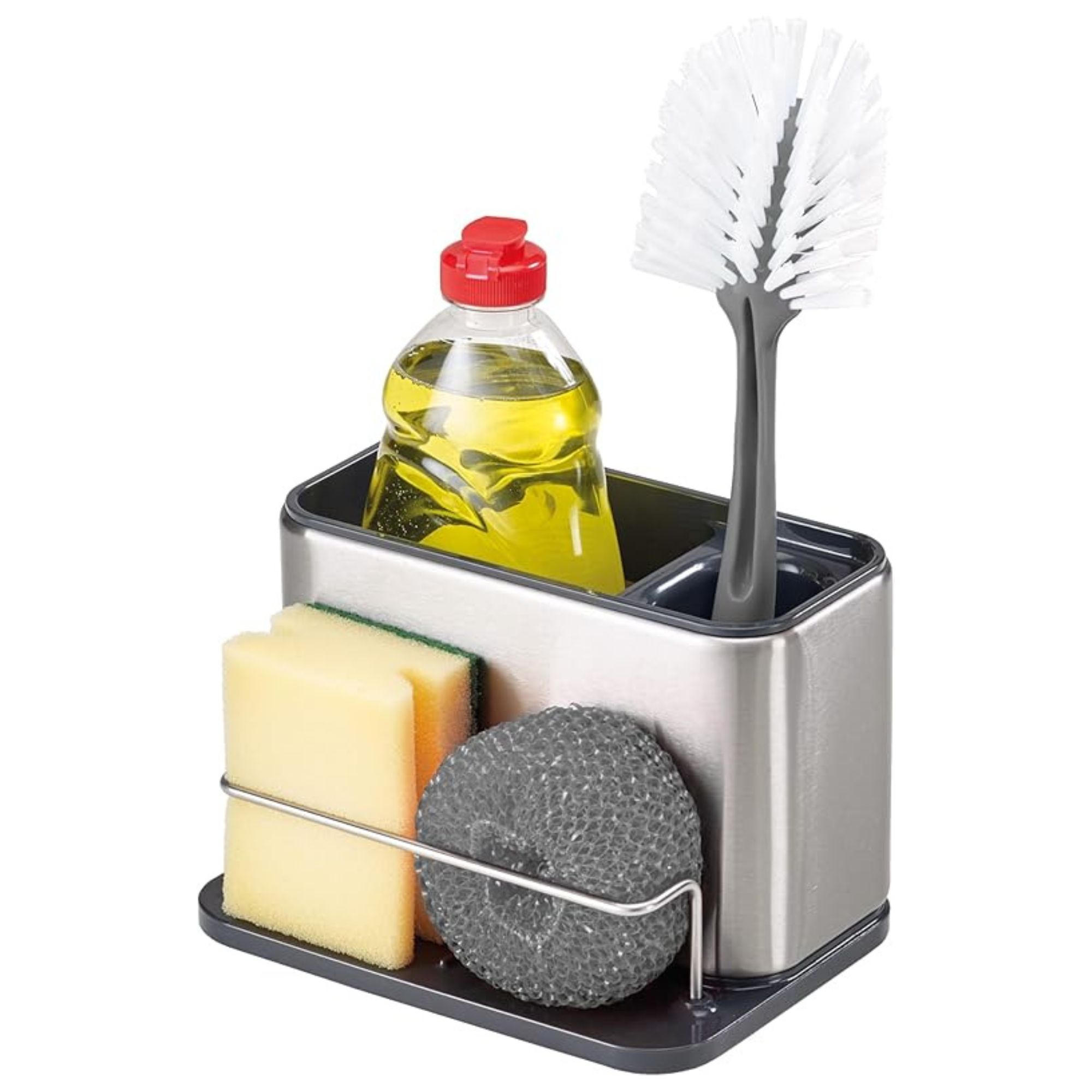
This Joseph Joseph storage caddy features a handy rail for drying wet sponges and cloths. It's a great way to keep your sink area clear and tidy, too.

This formulation is enzyme-rich to easily cut through tough grease and food residue without fragrances, dyes, phosphates, or chlorine. Swap your harsh-chemical-laden tablets for these instead.
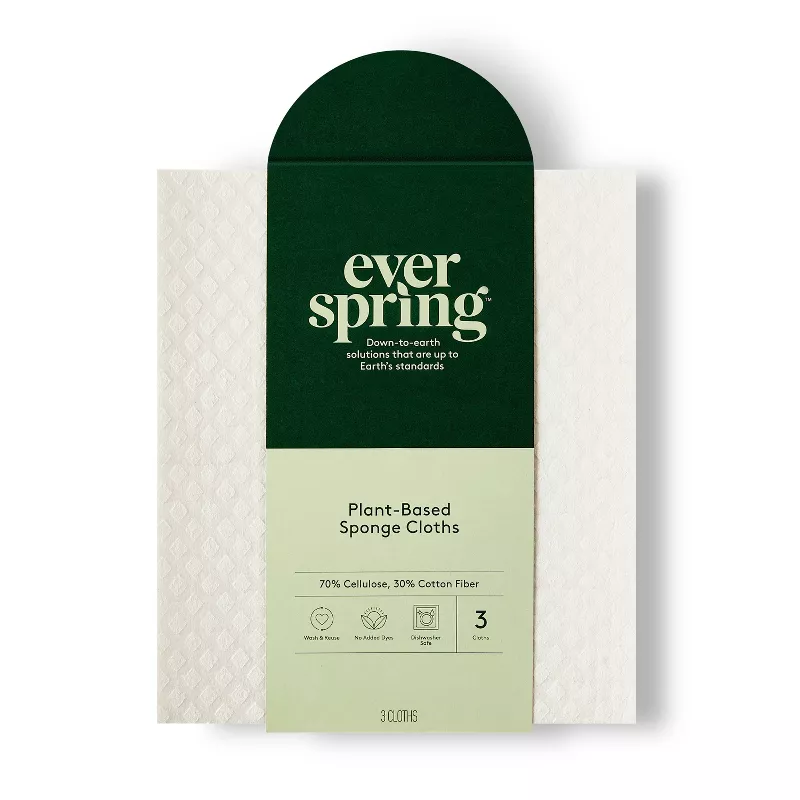
These plant-based dish sponge cloths are free from plastics and decompose in compost heaps in around 10 months, making them an eco-friendly, hygienic alternative to traditional kitchen sponges.
Don't forget to clean high-touch areas, which many hands come into contact with to prevent the spread of seasonal viruses.







